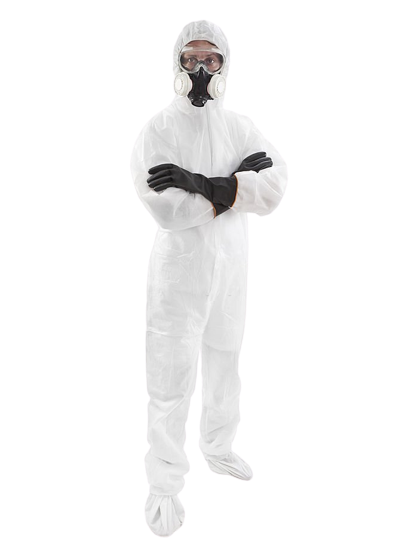Surface Sampling
Reliable Surface Sampling Solutions in New York
Surface Sampling
Essential Tools and Techniques for Surface Sampling
Surface sampling plays a vital role in environmental testing and indoor air quality assessments. By systematically gathering samples from various surfaces, such as walls, countertops, or furniture, experts can uncover the presence of contaminants, allergens, or pathogens. This meticulous process relies on specialized equipment to swab or collect particles, ensuring accurate results. Surface sampling is especially critical in settings where hygiene is paramount, such as healthcare facilities, food establishments, and other high-sensitivity environments. The data collected not only helps identify potential sources of contamination but also informs effective remediation strategies, making it an indispensable tool for maintaining health and safety standards.
Importance of Surface Sampling:
- Identification of Contaminants: Surface sampling allows experts to identify and quantify the presence of contaminants, allergens, or pathogens on surfaces within a given environment. This information is crucial for assessing potential health risks and implementing appropriate remediation measures.
- Assessment of Hygiene: Surface sampling is particularly vital in settings where hygiene is paramount, such as healthcare facilities, food establishments, or high-traffic public spaces. By evaluating surface cleanliness and identifying potential sources of contamination, surface sampling helps maintain a safe and healthy environment for occupants.
- Indoor Air Quality Assessment: Surfaces serve as reservoirs for airborne particles and contaminants, making surface sampling an integral part of indoor air quality assessments. By collecting samples from surfaces, experts can assess the correlation between surface contamination and airborne pollutants, providing a more comprehensive understanding of indoor air quality.
- Formulation of Remediation Strategies: The data gathered from surface sampling plays a pivotal role in formulating effective remediation strategies to address surface contamination and improve indoor air quality. By identifying specific sources of contamination, experts can develop targeted remediation plans to mitigate health risks and restore a clean and healthy environment.
Process of Surface Sampling:
- Selection of Sampling Locations: Experts carefully select sampling locations based on factors such as occupancy patterns, potential sources of contamination, and areas of concern within the environment.
- Sampling Method: Surface sampling methods vary depending on the type of surface and the nature of the contaminants being evaluated. Common methods include swabbing, wipe sampling, or vacuum sampling, using specialized equipment designed for surface collection.
- Sample Collection: Samples are collected from surfaces using sterile swabs, wipes, or vacuum samplers, ensuring proper handling and preservation to maintain sample integrity.
- Laboratory Analysis: Collected samples are transported to a certified laboratory for analysis, where they undergo rigorous testing to identify and quantify contaminants, allergens, or pathogens present on the surfaces.
5. Data Interpretation: The results of surface sampling are interpreted by experts to assess the level of contamination and evaluate potential health risks. This information guides the formulation of remediation strategies tailored to address specific surface contamination issues.


